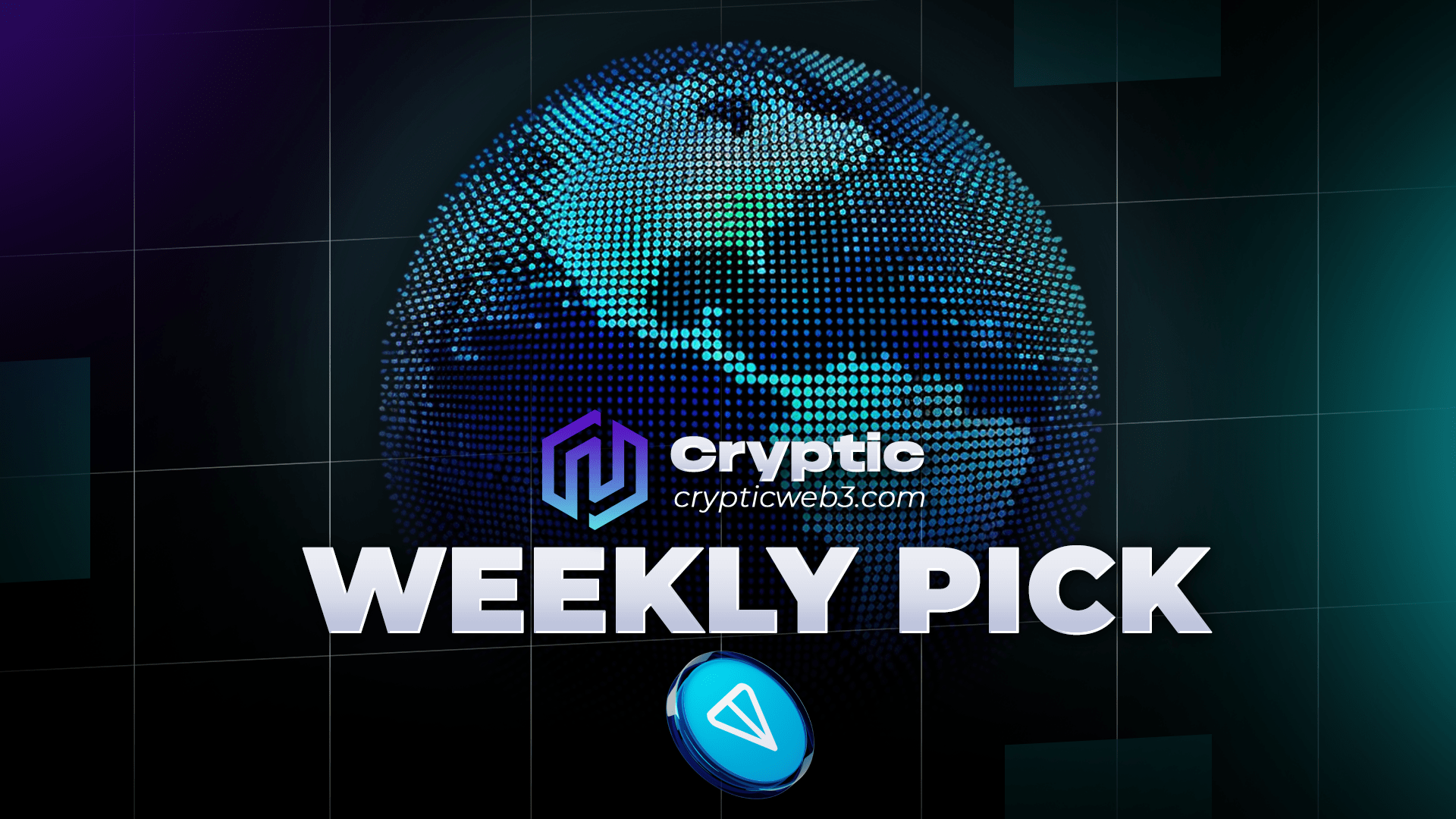
TON: A Decentralized Powerhouse Shaping the Future of Web3
The burgeoning landscape of Web3 is brimming with innovation, and the TON project stands out as a prominent player. Originally envisioned by Telegram, TON has transcended its initial roots to become a community-driven blockchain platform with a robust ecosystem and a relentless drive for progress. This comprehensive exploration delves into the intricate details of the TON project, meticulously dissecting its history, technical intricacies, multifaceted role in Web3, and its potential to shape the future of the decentralized revolution.
A Legacy Forged in Innovation: From Telegram’s Vision to a Community-Driven Force
The TON narrative begins in 2017, when Telegram, the ubiquitous messaging platform, embarked on an ambitious project – the Telegram Open Network (TON). This groundbreaking concept envisioned a decentralized blockchain specifically designed for facilitating fast payments, secure data storage, and seamless integration with the Telegram messaging service. The native currency of this ecosystem, then known as Gram, was intended to be the lifeblood of these functionalities.
However, the path to realization was fraught with challenges. Regulatory hurdles in the United States compelled Telegram to abandon the TON project in 2020.
This could have been the end of the story, but the spirit of innovation refused to be extinguished. The dedicated TON developer community, resolute in their belief in the project’s potential, refused to let their work go to waste. Through sheer determination and unwavering collaboration, they successfully launched the TON blockchain as an independent entity in 2021. This marked a pivotal moment – TON was no longer solely tied to Telegram; it had evolved into a community-owned and operated project. The native currency also received a name change, becoming Toncoin (TON).
This shift in ownership ushered in a new era for TON. The community-driven approach fostered a collaborative and innovative environment. Developers worldwide actively began contributing to the project, expanding its functionalities and building a vibrant ecosystem of decentralized applications (dApps).
Unveiling the Technical Brilliance of TON: A Deep Dive into its Architectural Marvels
The technical prowess of TON is a cornerstone of its success in Web3. Here’s a meticulous examination of some of the key features that set TON apart:
- Scalability for the Masses: Shattering Bottlenecks with Sharding
Traditional blockchains often struggle with scalability, limiting the number of transactions they can process per second. This can lead to network congestion, slow transaction times, and high fees – all factors that impede widespread adoption. TON tackles this challenge head-on with its ingenious sharding architecture.
This concept partitions the blockchain into multiple shards, each handling a portion of the transactional load. Imagine a highway with multiple lanes – each lane (shard) can handle traffic simultaneously, significantly increasing the overall capacity of the network.
The result? TON boasts an impressive transaction processing capacity, potentially reaching millions of transactions per second. This scalability is crucial for widespread adoption in Web3, where a high volume of transactions is anticipated.
- Frictionless Transactions with Low Fees: Making Web3 Accessible for All
Web3 applications thrive on efficient and cost-effective transactions. Users expect their interactions with dApps and other Web3 services to be seamless and affordable. TON excels in this area by offering incredibly low transaction fees. This makes it an attractive platform for developers and users alike. Lower fees incentivize user participation and experimentation within the TON ecosystem, fostering a more accessible and inclusive Web3 experience.
- Smart Contracts: Empowering the Future of dApps
Smart contracts are self-executing contracts stored on the blockchain. They play a vital role in Web3, enabling the creation of complex dApps that can automate tasks, manage digital assets, and facilitate secure transactions without the need for intermediaries. TON offers robust smart contract functionality, empowering developers to build innovative and versatile applications across various Web3 domains, such as DeFi (Decentralized Finance), DAOs (Decentralized Autonomous Organizations), and NFTs (Non-Fungible Tokens). TON’s smart contract language, FunC, is specifically designed for efficiency and ease of use, further lowering the barrier to entry for developers seeking to build on the TON platform.
- Proof-of-Stake Consensus Mechanism: Security with Sustainability in Mind
TON utilizes a Proof-of-Stake (PoS) consensus mechanism to secure its network. In PoS, users who hold TON coins can stake them to participate in the validation process. Validators are responsible for verifying the legitimacy of transactions and adding new blocks to the blockchain. Users with a larger stake have a higher chance of being selected as validators, and they are rewarded for their contribution to the network’s security. This mechanism not only secures the network but also incentivizes users to hold onto their TON coins, contributing to the overall stability of the ecosystem. Additionally, PoS is generally considered to be more energy-efficient compared to Proof-of-Work (PoW) mechanisms used by some other block
Conclusion
TON’s journey from Telegram’s vision to a thriving community-driven project is a testament to its potential. The technical brilliance of its architecture, combined with its focus on scalability, affordability, and developer ease-of-use, paves the way for a bright future. As TON continues to evolve and overcome challenges, its impact on the shape of Web3 promises to be significant. Whether TON becomes the next dominant force in Web3 or continues to be a prominent player, one thing is certain – it is a project to watch closely in the years to come.

Leave a Reply